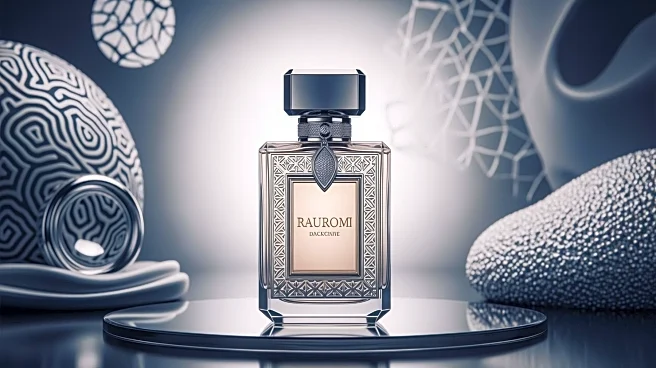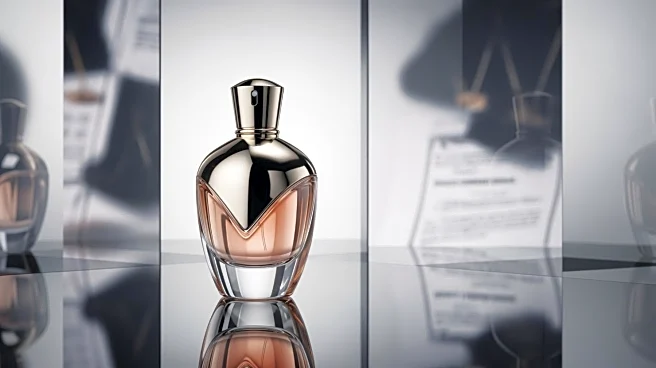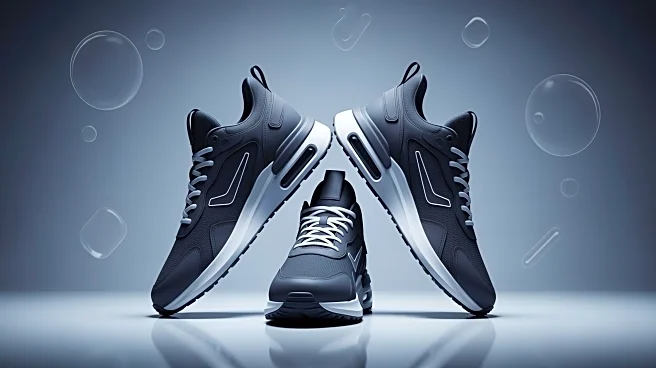What's Happening?
Dior's attempt to secure trademark protection for its cosmetic packaging has been rejected by the European Union Intellectual Property Office (EUIPO). The luxury brand argued that the aesthetic design of its packaging serves as a primary brand-signaling
tool in today's visually driven market, heavily influenced by social media. However, the EUIPO's Fourth Board of Appeal ruled that Dior failed to demonstrate that consumers recognize the packaging shape as an indicator of the product's origin. The decision highlights the EUIPO's requirement for empirical evidence showing that consumers identify the product's origin from the shape alone, without the aid of logos or brand names.
Why It's Important?
This ruling underscores the challenges luxury brands face in securing trademark protection for packaging designs in a market where visual appeal is paramount. The decision could impact how brands approach marketing and brand identity, particularly in the beauty industry where packaging is often a key differentiator. The EUIPO's stance suggests that brands must provide concrete evidence of consumer perception to secure trademark rights, potentially affecting how companies invest in packaging design and marketing strategies. This could lead to increased costs for brands seeking to protect their intellectual property in a competitive market.
What's Next?
Brands like Dior may need to conduct consumer surveys and gather data to demonstrate that their packaging is recognized as a source identifier. This could involve significant investment in market research and legal strategies to meet the EUIPO's standards. The decision may also prompt other luxury brands to reassess their trademark strategies and consider alternative ways to protect their brand identity in the digital age.
Beyond the Headlines
The ruling highlights a broader tension between traditional trademark laws and the realities of modern marketing, where social media plays a significant role in shaping consumer perceptions. As brands navigate this landscape, they may need to balance aesthetic innovation with legal requirements to maintain their competitive edge.













